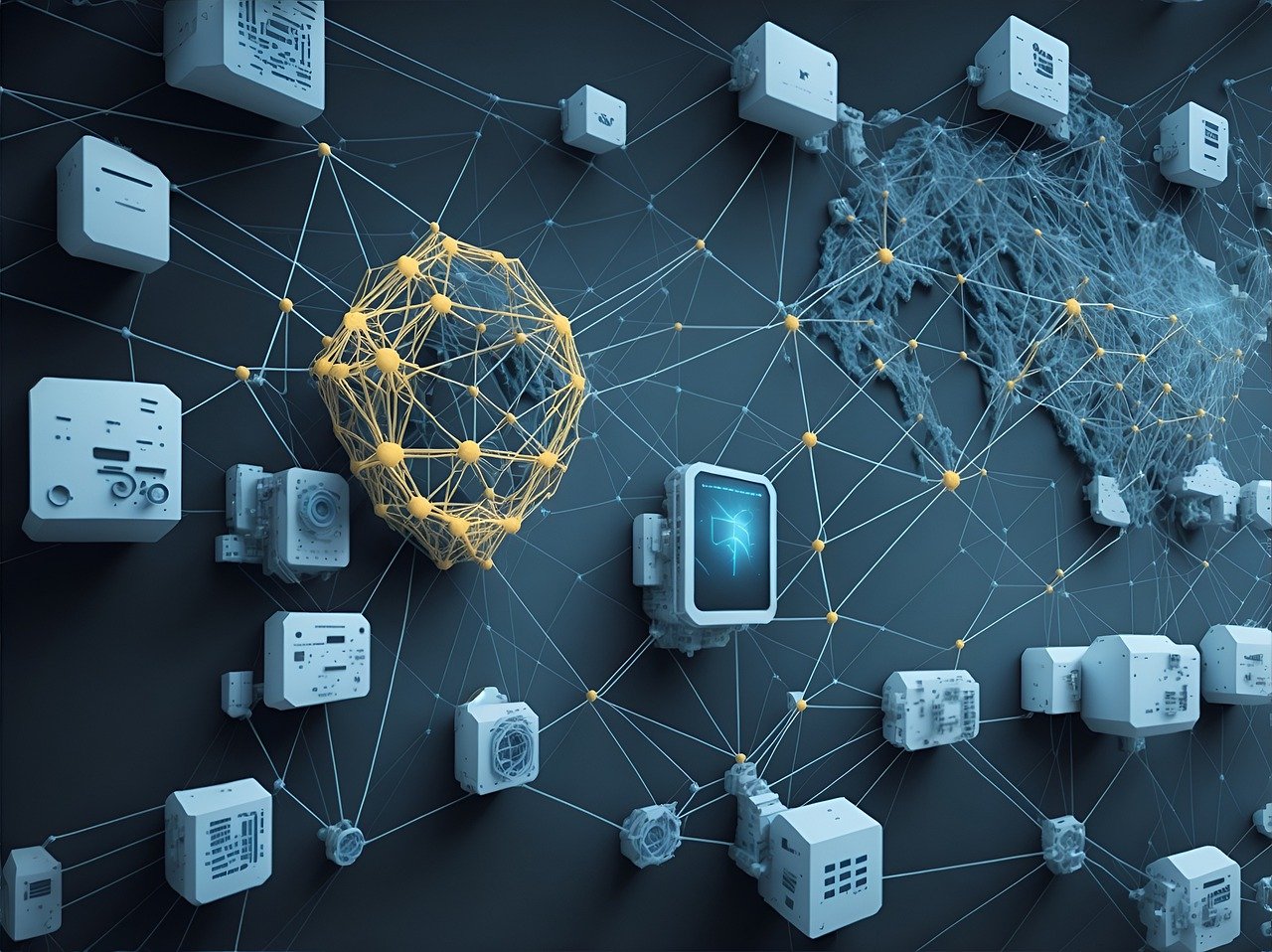
Green Computing
A definition of Green Computing
Also called Green IT, Green Computing literally translated with the term “Green IT”.
It is a discipline, that aims to create and use computers, and IT tools in an ecological way, with a minimal or, preferably, zero environmental impact.
In the last thirty years, Green Computing has evolved and spread so much that it acquires more and more relevance within society and in public opinion, revealing itself as a possible remedy implemented to reduce the high-energy consumption that derives from the phenomenon known as “Digital transformation”.
The origins of Green Computing
The concept of Green IT was born around 1992 and, over the years, the need to develop solutions that reduce the consumption of resources, and the consequent environmental pollution has become increasingly crucial.
It seems that the introduction of the term Green Computing, traced back to the “Energy Star” program, when the American environmental protection agency proposed the voluntary application of a labeling, certified the energy efficiency of monitors and other technological devices.
With the growing adoption of technologies by companies and individuals, the choice to exploit alternative solutions and renewable energy sources has proved to be increasingly effective.
How to implement Green IT
The areas of application of Green Computing in the company mainly concerns: a lower consumption of energy, using the devices correctly, the design and construction of electronic instruments with low energy consumption, but above all the disposal of them and classic IT systems through recycling.
Four factors that determine the implementation of the so-called Green Computing: green design, green manufacturing, green use and green disposal.
The alternatives to implement Green IT
There are many initiatives to take so that we can talk about Green Computing, including:
– The choice of durable and environmentally friendly hardware;
– The use of modern and centralized infrastructures;
– The use of cloud hosting systems;
– Encouragement to work remotely rather than face-to-face, preferring videoconferencing, in order to avoid polluting movements;
– The choice not to adopt paper supports such as printers and toners;
– Provide for the correct disposal of electronic hardware.
The objectives achieved varies, as well as the positive consequences that derive from them. To be effective, Green Computing should be systemic and reasoned, so as to represent an advantage not only for user satisfaction and lowering company costs, but above all by giving the awareness of having taken an ethically responsible action the environment and for future generations.








